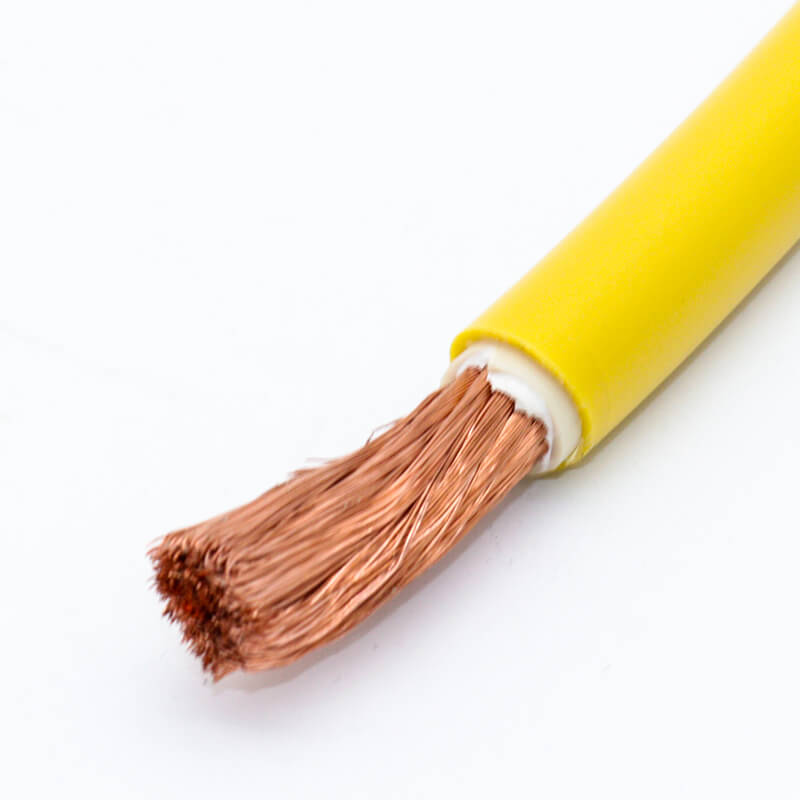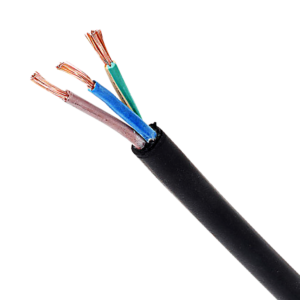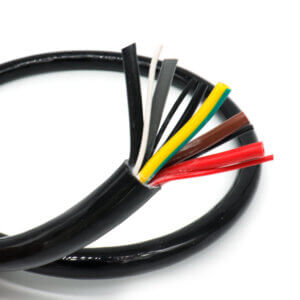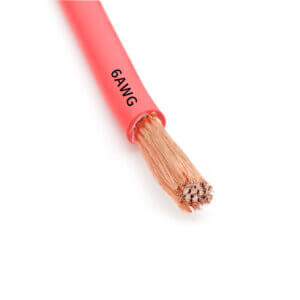Flexible Cable Wire
1.What is flexible cable wire
Wikipedia defines Flexible Cable Wire, or ‘continuous-flex’ cables, as electrical cables specially designed to cope with the tight bending radii and physical stress associated with moving applications, such as inside cable carriers.
However, I personally feel that this definition is still too vague. How much tight bending radii is considered a flexible application? Here one introduces the concept of min bend radius, which is the minimum bend radius of a cable, the smaller this value the flexible the cable is.
Take the following example:
- The Minimum Bending Radius for rubber cables is:
- Fixed: 4 x overall diameter
- Flexed: 6 x overall diameter
- A famous German FLEX series Minimum Bending Radius:
- Fixed: 4 x outer diameter
- Flexing: 10 x outer diameter
- Another German cable company’s J2-500 cable has a Minimum Bending Radius of:
- Fixed: 4 x outer diameter
- Flexing: 7.5 x outer diameter
It can be seen that if the Minimum Bending Radius is Fixed: 4 x overall diameter it can be called a very flexible cable.
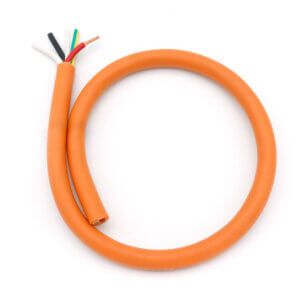
2. Why do we need Flexible Cable Wire?
So why is there a demand for flexible cable wire? I will illustrate this with the following examples:
A. Flex electric wire for the switchgear of distribution cabinets
As we all know, the capacity of a switchboard cabinet is usually limited. We need to bend the cables continuously to make the wires aesthetically “decorative” on the switchboard. This will be easier for later circuit testing and repair, and also better use of space. Therefore, for these switchgear cabinets, flex electric wires are preferred for connection. For example, H05V-K, H05VV-F models.
B. Flexible Power cord cable for the industrial building construction sites
Construction sites often need to drag and drop mobile cables to power welding machines or some lighting equipment. Therefore, the power cord cable for the next needs to be very flexible to facilitate the workers’ dragging and moving. Because the construction site is often by contact with oil or sharp objects, so people are more inclined to use SOOW, Type W welding cables or other kinds of rubber cables.
C. Flexible Control Cable for the industrial robot
The use of robots is essential in the modern manufacturing automation process. Because these robots often have complex work movement paths and must ensure frequent work, the general application of the cable is typically highly flexible special cables. Its conductor and sheath materials will be much more advanced than other applications of flexible cables.

3. How to judge whether a cable is flexible enough?
The most direct way is to directly go to touch the real cable and feel the flexibility.
Of course, you may be shopping online; then, according to my own experience, here is some advice:
- A. Observe the diameter of the conductor’s copper wire: Generally, the finer the copper wire, the better its flexibility.
- B. Determine the type of sheath material: Usually, rubber material is the most flexible, followed by PVC, PUR, and other plastic materials.
- C. Ask the salesman to take a video: Request them to lift the cable; if the cable can hang down naturally to a certain extent, then the cable is flexible enough.
- D. Find a reliable supplier: For example, KMABLE.
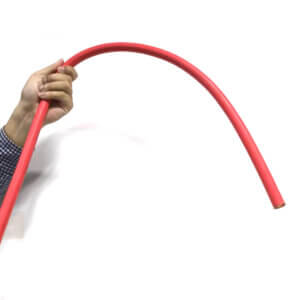
4. Conclusion
Flexible cables are now widely used in all kinds of places, and more buyers and engineers are considering the flexibility of the cable. I hope this short article can help buyers find the right flexible cable. If there are any shortcomings or questions, please feel free to send an e-mail to point out, thank you.

